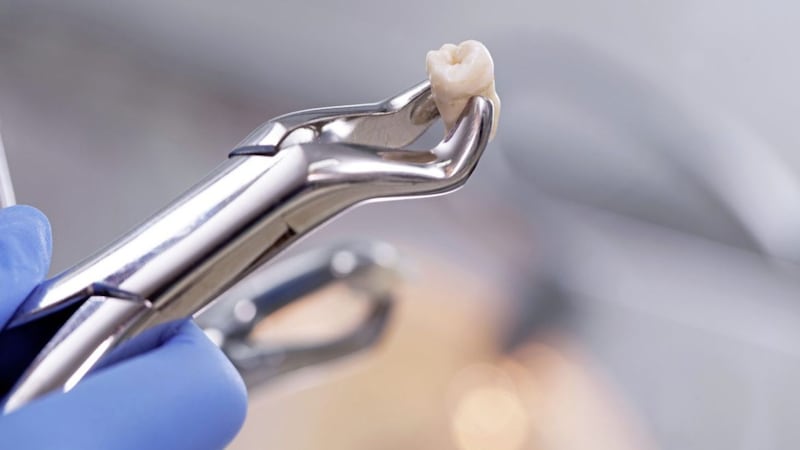LOVE your blood. It’s an amazing liquid full of different types of cells, proteins, water and salts. It brings oxygen and nutrients to all the parts of the body so it can keep working. Blood carries carbon dioxide and other waste materials to the lungs, kidneys, and digestive system so they can be removed from the body. And it fights infections and carries hormones around the body.
The height of your love affair with your blood should be immediately after your body defences have been breached, such as when you have a tooth extracted. Now your blood really comes into its own as the blood-clotting process is activated. Coagulation of blood is a fascinating and hugely complex process that involves many steps and dozens of biological actors to finish the performance of healing a socket.
There are actually three main ways that a socket can heal after you have had a tooth out. We all want the first one to happen, which is normal healing. Within the first 24 hours a blood clot forms in the socket which is turned into creamy white granulation tissue. The granulation tissue is then cleverly converted into bone over a period of months. When all sails well in the healing process a person will feel relatively little pain.
However, in about two per cent of tooth extractions socket healing goes awry and the clot breaks down, exposing bone and resulting in exquisite pain. Sometimes bacteria are the culprits that cause clot breakdown.
Parts of the exposed bone can become necrotic, which means that they die and eventually break off. They push through the gum like mini-mountains and relief is only felt when they are finally removed. Antibiotics are not the answer to fix a dry socket – your dentist can place a soothing dressing to help.
The third and least frequent way that a socket heals is also undesirable. This is when the socket uncomfortably oozes pus. Even this doesn’t require antibiotics to heal it, but it does require intervention. A surgical dentist would need to go back and clean out the socket to remove the infected material. Ninety nine per cent of times this is all that’s needed to stimulate the area to properly heal.
The only situation that needs more urgent attention after a tooth has been removed is if you are running a fever, are vomiting or shaking, which are all signs that the infection has travelled around your body and you need to attend a doctor pronto.








